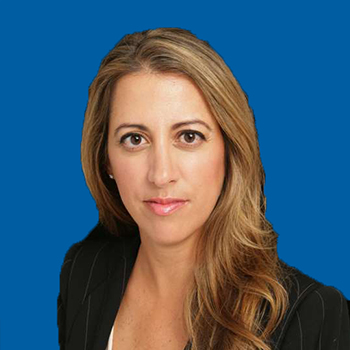
Remote patient monitoring (RPM) is used to monitor patients who are most at-risk for rehospitalizations, likely due to pre-existing chronic conditions such as diabetes, hypertension and respiratory illness. RPM is also increasingly used with rising-risk patients as physicians and agencies seek to better manage these patients earlier in the continuum of care. And RPM is used with COVID-19 patients especially when agencies are helping to alleviate the strain on hospitals’ available beds but need to actively monitor patients’ oxygen levels and other vitals.
The limitations of RPM/RCM equipment
Many home health agencies are realizing that existing legacy RPM or remote care management (RCM) equipment limits their ability to engage patients in any channel and device of the patient’s choice. Deploying equipment and devices can also be cost-prohibitive as agencies will incur additional costs and risks at each of the following steps:
- Shipping/transporting a device to the patient’s home
- Being at the patient’s home to set-up the device
- Training and troubleshooting with the patient
- Maintaining and supporting the patient’s usage of the device
- Retrieving the device when it is no longer needed
- Storing the device until it is needed in the field
- Updating (or replacing) the device when it is damaged, dated, or obsolete
As organizations are constantly looking to boost their bottom line, executives are turning to solutions which can leverage existing investments while optimizing current human and financial resources.
How ‘new’ RPM is driving efficiency and effectiveness
Virtual care technologies are helping home health agencies save money by not requiring an upfront investment in new equipment that can become quickly outdated. No new equipment is required; no additional investment is needed for staff and patients to use innovative RPM solutions on their smartphones, tablets, and computers.
How RPM benefits patients
RPM solutions allow patients to continue to be cared for at home while their conditions are monitored by agency clinicians:
- Patients can easily share their vital sign using their smartphones, tablets and Bluetoothed-enabled devices (such as a thermometer, blood pressure cuff, pulse oximeter, glucose meter and scale). The data is then automatically and securely transmitted to an agency’s staff.
- Patients prefer to heal at home — especially if they can be supported by the companionship from loved ones vs. residing in facilities where visitor access may still be restricted during the public health emergency.
- Patients will not need to be interrupted by — or wait for — staff to arrive on a daily basis or multiple times a day to take one’s vital signs. This helps agency staff stay on top of patient care and gives patients more freedom and flexibility in their day-to-day life.
How RPM benefits home health agencies
With virtual care technology, agencies can track trends and respond quickly to a patient if an abnormal reading is observed. This helps patients receive immediate intervention without delay due to staffing shortages or overwhelming caseloads.
- Agency clinicians can virtually monitor patient vitals such as weight, temperature, blood pressure, blood oxygen levels, glucose levels and heart rate.
- Agencies can request readings on a regular basis or as often as needed, especially if they are starting to see a pattern in the patients’ vitals.
- After patients’ vitals are transmitted, agency clinicians and the referring physician can review the data separately or together. If the data indicates an abnormal reading, agency staff can reach out to the patient and ask him/her to provide a second reading and/or discuss the patient’s condition and next steps regarding further medical attention.
Agency staff can provide time-saving and lifesaving care by using virtual care technology to continue monitoring patients’ conditions in-between visits.
AnnaMaria Turano is chief marketing officer for Synzi.




